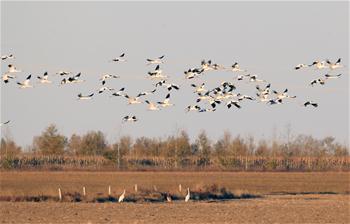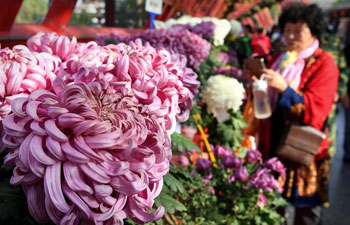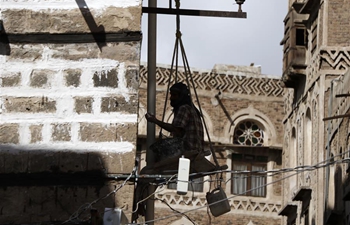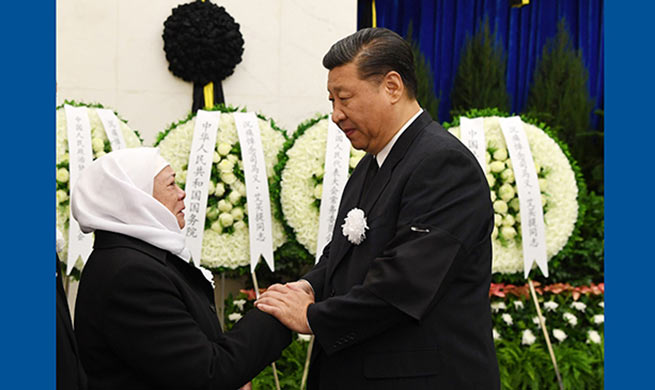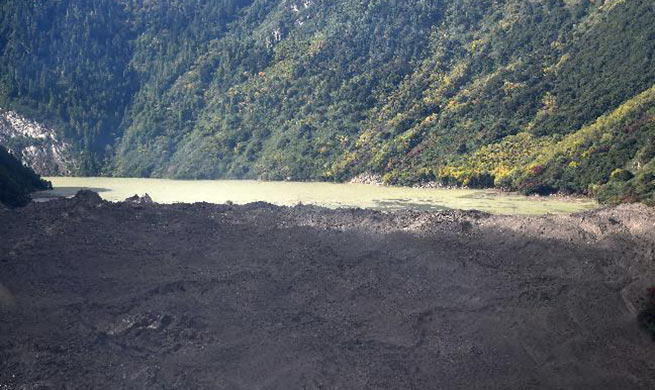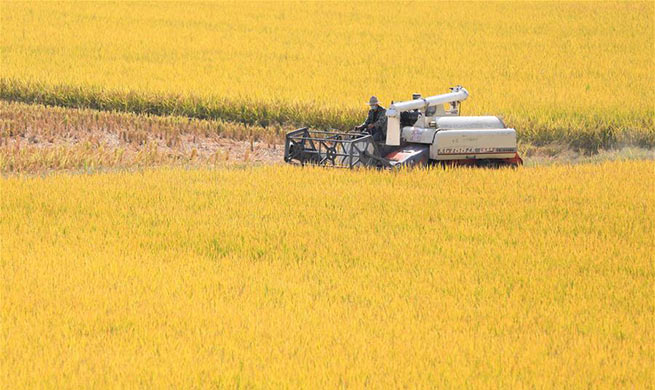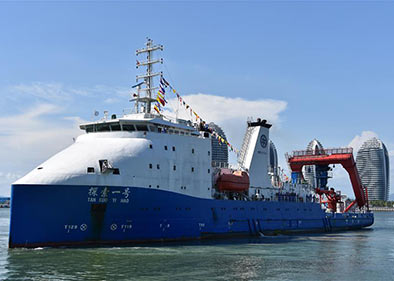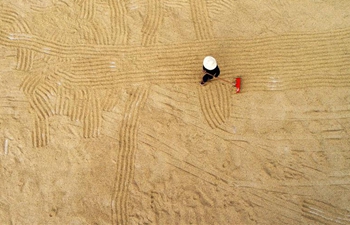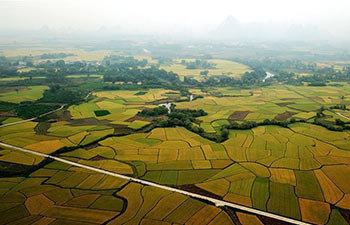JOHANNESBURG, Oct. 18 (Xinhua) -- With nearly 70 deaths having been recorded in the mining sector in 2018, South African Mineral Resources Minister Gwede Mantashe on Thursday told a Health and Safety Summit to reduce mining fatalities.
Organized labour, business and government representatives met at the summit in Benoni, Gauteng Province to assess progress made in tackling mining deaths which stands at 69 this year.
A total of 88 fatalities were declared last year.
Mantashe told delegates that a series of disasters that have claimed miners lives this year were worrying. "We must take implementable decisions at this summit that will help the industry. We must strive for zero harm. A worker must return from work unharmed. To have an industry that is safe is a duty for us all," Mantashe.
Mantashe said that mine workers must not be compelled to work under dangerous conditions for the sake of meeting profits.
"Avoid putting pressure on workers, avoid pushing production targets and managers should not threated and shout workers. Workers are protected by law to refuse to work in dangerous places. The industry is about people and not just about minerals," he said.
This year, labour unions have complained about mining companies alleging that they were forcing miners to work in unsafe areas.
Some of the mining deaths that have been recorded this year are related to seismic activity. Mantashe said fatalities which occurred as a result of seismic events could have been easily prevented.
Xolile Mbonambi, Deputy Chief Inspector of Mine at the Mineral Resources Department, said that gold mines have been the biggest contributors to the fatalities. A total of 36 gold mine workers have died this year. It also emerged that disused and ownerless mines continue posing danger to the sector.
"Major contributions of mine disasters are rockbusts, explosions, fires. This is mainly in the gold and platinum sectors," Mbonambi said.
Unions in the sector are of the view that the fatalities have reached "crisis levels."

